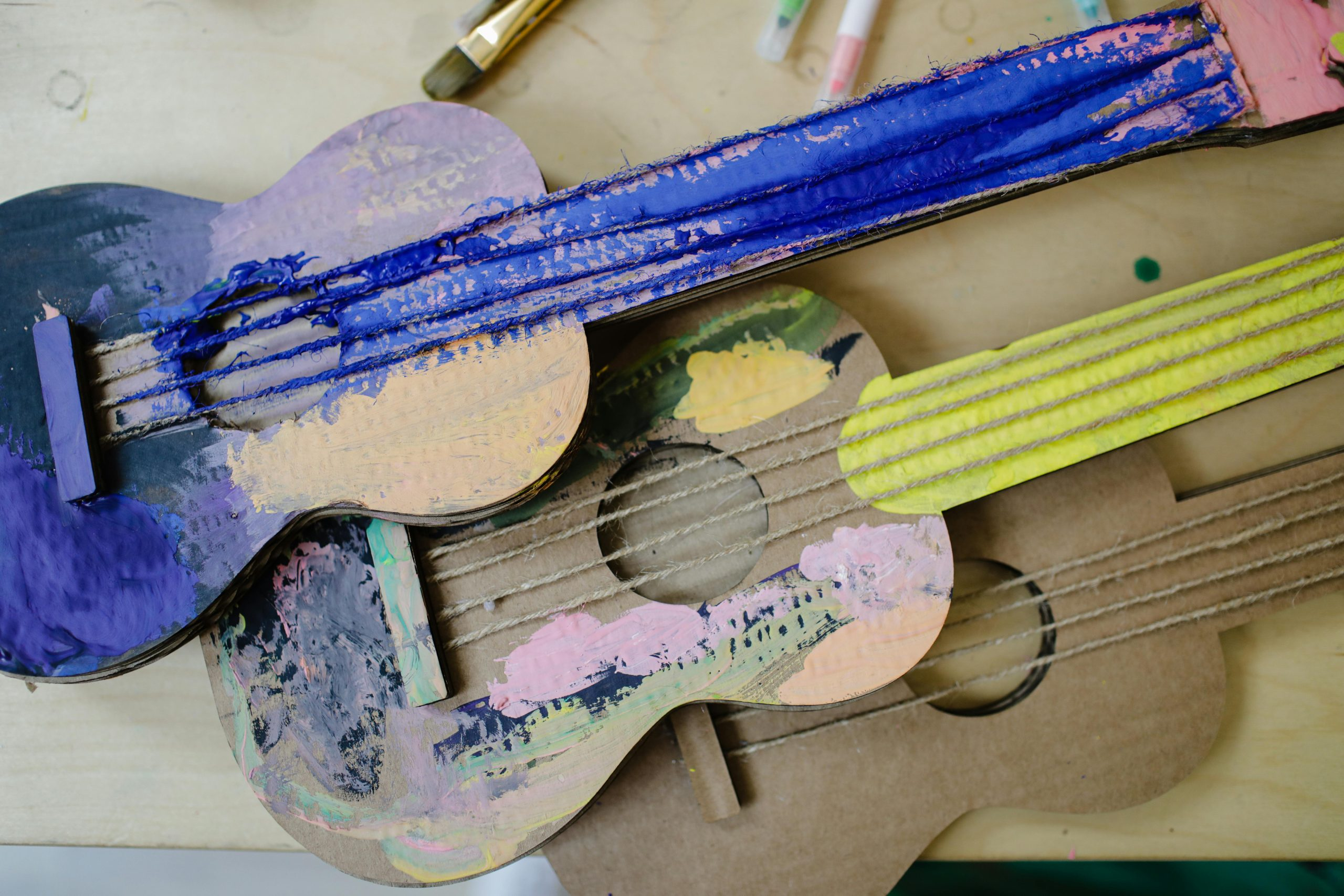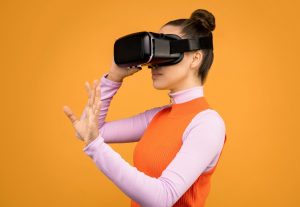Music and Arts Integration in STEM Education
In recent years, there has been a growing movement towards integrating music and arts into science, technology, engineering, and math (STEM) education. This trend has gained traction as educators and researchers recognize the immense benefits of incorporating creative elements into traditional STEM subjects. While STEM education has traditionally focused on analytical and technical skills, the inclusion of music and arts provides students with a well-rounded and holistic learning experience. In this article, we will delve into the importance of music and arts integration in STEM education and explore how it can enhance students’ learning and engagement in these subjects.
The Benefits of Music and Arts Integration in STEM Education
Cultivating Creativity and Innovation
One of the most significant benefits of incorporating music and arts into STEM education is the promotion of creativity and innovation. By combining these seemingly distinct subjects, students are encouraged to approach problems and challenges from a unique perspective. This interdisciplinary approach to learning allows students to tap into their creative minds and come up with innovative solutions. As a result, students become better problem-solvers and critical thinkers, attributes that are essential in today’s constantly evolving world.
Promoting Collaboration and Teamwork
Music and arts integration in STEM education also encourages collaboration and teamwork among students. As they work together in projects that require cross-disciplinary skills, students learn how to communicate effectively, delegate responsibilities, and compromise. These are essential skills that go beyond the classroom as many careers today require individuals to work in interdisciplinary teams. By fostering collaboration, music and arts integration in STEM education prepares students for success in the workforce.
Enhancing Spatial and Visual Reasoning
Many studies have shown a strong connection between music and arts education and improved spatial and visual reasoning skills. Spatial reasoning is the ability to mentally manipulate objects and understand their spatial relationships, while visual reasoning is the ability to understand and interpret visual information. Both of these skills are crucial in the study of STEM subjects, particularly in fields such as engineering, architecture, and mathematics. By incorporating music and arts into STEM education, students can develop these skills and strengthen their learning in these subject areas.
Fostering a Love for STEM Subjects
Integrating music and arts into STEM education can also help students develop a passion for these subjects. In traditional STEM education, students may feel intimidated or disinterested in subjects like math and science. However, the inclusion of music and arts can make these subjects more enjoyable and accessible to students of all backgrounds. By incorporating music and arts into STEM lessons, educators can create a fun and engaging learning experience for students, inspiring them to pursue careers in STEM fields.
Practical Strategies for Music and Arts Integration in STEM Education
Utilizing Music and Rhythms in Math Lessons
One practical way to integrate music and arts into STEM education is by incorporating music and rhythms into math lessons. Research has shown that integrating music into math lessons can help students improve their understanding of mathematical concepts by making them more memorable and engaging. Educators can use songs, chants, and other musical activities to teach counting, multiplication tables, and other math concepts.
Exploring the Relationship Between Music and Physics
Physics and music may seem like two unrelated subjects, but they are more closely connected than one might think. Educators can utilize this connection to help students better understand the laws of physics. For example, students can explore the relationship between pitch and frequency, or the science behind how musical instruments produce sound. By incorporating music into physics lessons, students can gain a deeper understanding of both subjects.
Integrating Visual Arts in Science Lessons
Visual arts can also be integrated into science lessons as a way to help students visualize complex concepts. For instance, students can create drawings, diagrams, or models to represent scientific processes or structures. This can aid in their understanding and retention of scientific information. By merging visual arts and science, students can develop a more comprehensive understanding of the natural world.
Overall, the integration of music and arts into STEM education is a powerful approach that can improve students’ learning and engagement in these subjects. As educators continue to explore new ways to blend these diverse disciplines, students will benefit from a well-rounded and enriched learning experience that fosters creativity, collaboration, and a love for STEM subjects.









